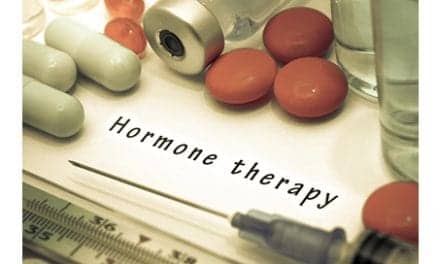By Frank Long, MS, Editorial Director
The crowned microbe says, “King Me” as COVID-19 cases roar back in 12 states. But if you are blood type O, do you need to worry so much? Both of these phenomena are again changing the response and prevention calculus for front-line healthcare professionals as well as the patients they will (or will not) wind up treating.
The Bug is Back
At least 19 states are seeing new coronavirus cases increasing. In the state of Arizona, however, the resurgence of COVID-19 cases has grown so dire that the state is preparing for hospitals to activate emergency plans.
The increase is rooted in multiple causes, according to Lipi Roy, MD, MPH, clinical assistant professor, department of population health at NYU Grossman School of Medicine. In a June 10 interview with Alison Morris on NBC News Now, Roy notes that the reopening of businesses, the Memorial Day weekend, and large gatherings of people protesting the death of George Floyd have all contributed to the increase.
Roy cautions against simply attributing the swelling numbers of confirmed infections to increased testing for COVID-19.
“Logically you’d think that the more testing you do the more positive [results] you’ll get. But remember, tests can also be negative,” Roy explains. “But we’re not seeing negative, we’re seeing positive test results.”
The fact that greater numbers of tests are producing greater numbers of positive results, Roy says, indicates the the pandemic is still active.
Find out where COVID-19 is increasing, decreasing, and remaining flat in this report from CNN.
Blood Type O Less Likely to Test Positive
For months science has puzzled over why COVID-19 symptoms cover an extreme range of intensity, from asymptomatic patients to those in respiratory distress. Age, obesity, and comorbidities such as diabetes and hypertension have been scrutinized for their possible influence but genetic testing company 23andMe has identified a new variable .
Preliminary data from 23andMe’s large-scale study of patients who were diagnosed with COVID-19 and previously hospitalized indicate that blood type plays a role in protecting against COVID-19. The data suggest that individuals with type O blood are up to 18% less likely to test positive for COVID-19 than other blood types.
According to the 23andMe blog a variant in the ABO gene is the thread that connects the blood type with lower risk for COVID-19. The ABO blood group has a known history as an influencing factor on infectious diseases, as noted in the blog:
“…we know from other studies that the ABO blood group can play a direct role in other types of infections by serving as receptors, or coreceptors for microorganisms, parasites, and viruses.”
23andMe blog
The protective mechanisms found in type O blood seem unique to that blood type, with little difference in susceptibility showing up among other blood types, according to the study data.
23andMe reports that it is continuing this study effort and aims to enroll 10,000 participants in the program. Individuals 18 years of age and older who live in the United States, have tested positive for COVID-19, and were hospitalized for symptoms related to COVID-19 may participate. Details appear on the 23andMe website.
You’ll also want to read: New research that outlines the effects of the COVID-19 pandemic on Parkinson’s disease.





